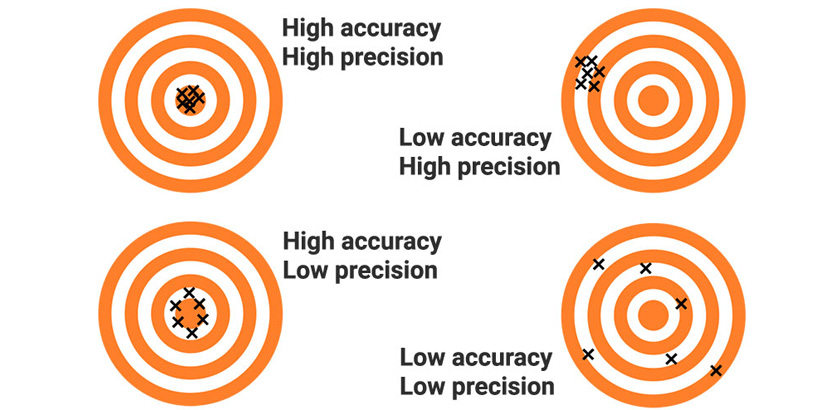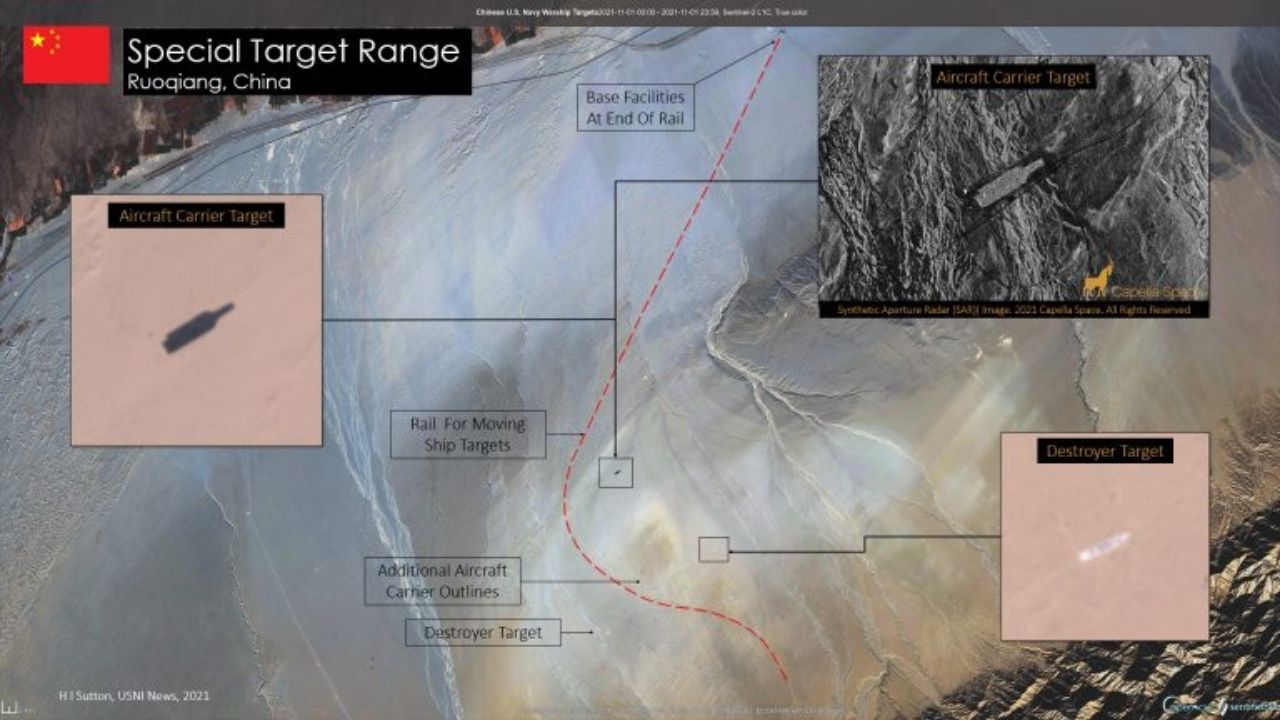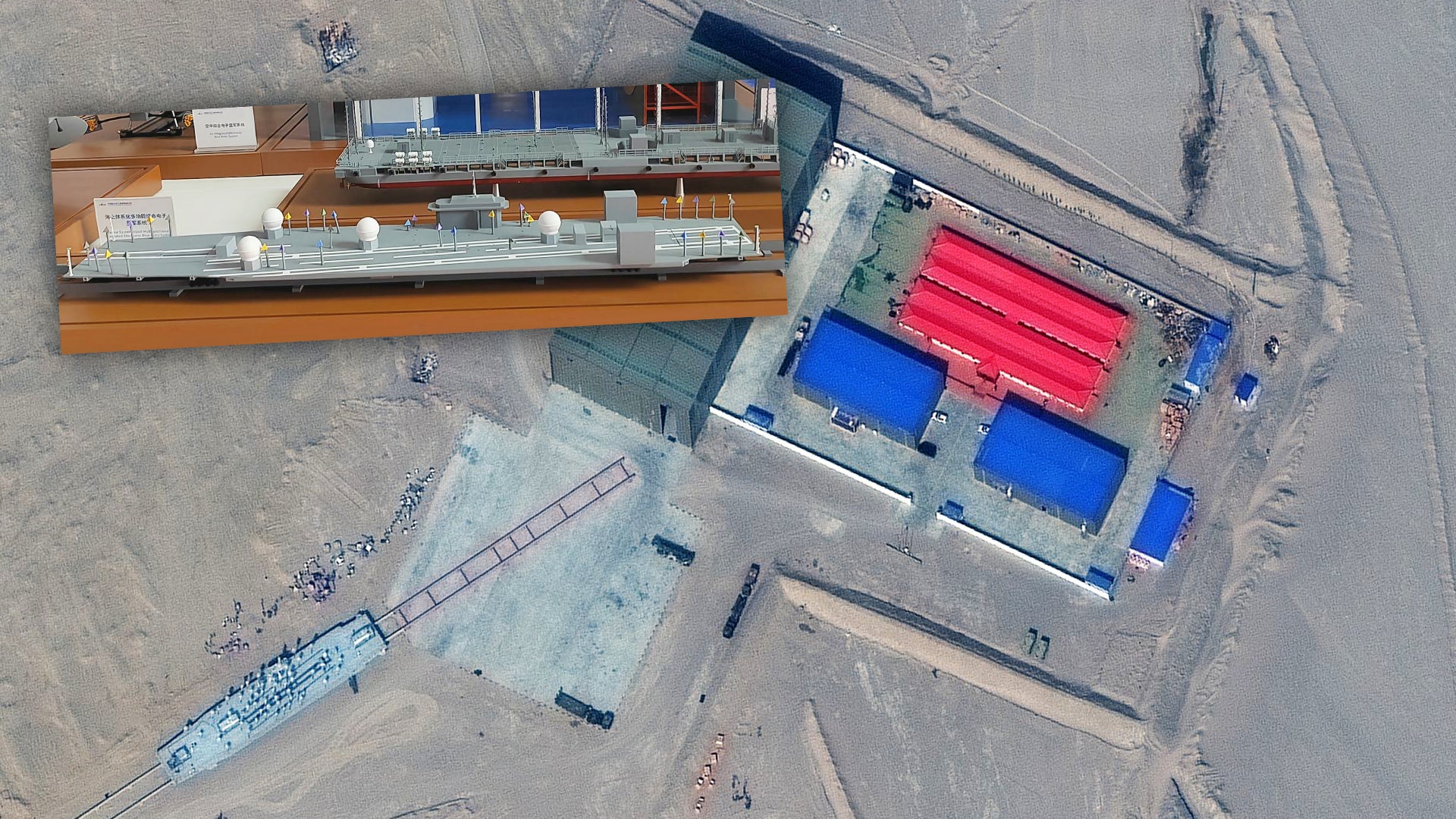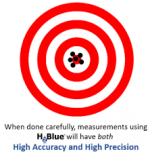Latest Thread
You are using an out of date browser. It may not display this or other websites correctly.
You should upgrade or use an alternative browser.
You should upgrade or use an alternative browser.
For that you need a ballistic missile with a terminal weight of over 3.5 tons and a very good aerodynamic geometry that would give an air drag coefficient of less than 0.05 (as close to a tear-drop shape as possible) and as small a diameter as possible. (Say 600mm or smaller if possible).We need ballistic missiles that can take out carriers, not necessarily by sinking but by de-capacitating the fight deck.
That missile will have an approximate hitting speed of 5.8 Mach (Hypersonic). If it can be directed so that after 20000m altitude on it’s way down, it is almost perpendicular to it’s target; It will have a very good chance of hitting and disabling a carrier.
We should have the tech in hand to achieve something close to this.
Chinese DF21 can do this. It has 14 ton weight and an entry speed in excess of 10 Mach . Range close to 1800km. ( check out the overview section on df21)

Dong Feng-21D (CSS-5) - Missile Defense Advocacy Alliance
Facts China/U.S. Designation DF-21D/CSS-5/ASBM Missile Variants DF-21A/DF-21B/DF-21C Mobility and Role Road mobile/Medium Range Ballistic Missile Designer/Producer People’s Republic of China Range 2,000km Warhead Type and Weight Conventional or Nuclear/600kg MIRV and Yield No MIRV...
 missiledefenseadvocacy.org
missiledefenseadvocacy.org
Last edited:
I bet some smaller missile can do a similar job at a shorter range, for the sake of ease of ownership.For that you need a ballistic missile with a terminal weight of over 3.5 tons and a very good aerodynamic geometry that would give an air drag coefficient of less than 0.05 (as close to a tear-drop shape as possible) and as small a diameter as possible. (Say 600mm or smaller if possible).
That missile will have an approximate hitting speed of 5.8 Mach (Hypersonic). If it can be directed so that after 20000m altitude on it’s way down, it is almost perpendicular to it’s target; It will have a very good chance of hitting and disabling a carrier.
We should have the tech in hand to achieve something close to this.
Chinese DF21 can do this. It has 14 ton weight and an entry speed in excess of 10 Mach . Range close to 1800km. ( check out the overview section on df21)

Dong Feng-21D (CSS-5) - Missile Defense Advocacy Alliance
Facts China/U.S. Designation DF-21D/CSS-5/ASBM Missile Variants DF-21A/DF-21B/DF-21C Mobility and Role Road mobile/Medium Range Ballistic Missile Designer/Producer People’s Republic of China Range 2,000km Warhead Type and Weight Conventional or Nuclear/600kg MIRV and Yield No MIRV...missiledefenseadvocacy.org
We need ranges of 1000km, 2000km and 3000km to deny the seas around our region to hostile carriers.
And surely shorter ranges for smaller ships.
Most ballistic missiles can be intercepted by modern AD systems. Azerbaijan and Ukraine wars are good examples for this.I bet some smaller missile can do a similar job at a shorter range, for the sake of ease of ownership.
We need ranges of 1000km, 2000km and 3000km to deny the seas around our region to hostile carriers.
And surely shorter ranges for smaller ships.
If you want good results with ballistic missiles against very well protected carrier groups, you need 2 major capabilities:
1. Hypersonic terminal speeds
2. Near perpendicular attack pattern in the last 20km.
Ballistic missiles as per the name suggests do not have propulsion in the downward motion of it’s trajectory. They speed up while hurtling down towards earth under gravity and their weight. But start to slow down when they reach thicker atmosphere in line with terminal velocity rules.
Here the heavier the missile the faster it will hit the target, for a given drag coefficient and a given diameter. It doesn’t matter if the missile is small or big. It has to be heavier and aerodynamically sleeker. So a Bora block 2 or 3 that is 3.5 ton after it has expended it’s fuel and very sleek with a diameter of 750mm (or 4.5 tons with a diameter of 900mm) can hit it’s target at just about 5 Mach.
With that sort of weight and speed the missile would be carrying so much kinetic energy that it wouldn’t really need an explosive to cause damage. It would go right through the carrier’s deck and more and sink any other smaller ship.
Last edited:
What if some fuel is saved to reignite in re-entry.Most ballistic missiles can be intercepted by modern AD systems. Azerbaijan and Ukraine wars are good examples for this.
If you want good results with ballistic missiles against very well protected carrier groups, you need 2 major capabilities:
1. Hypersonic terminal speeds
2. Near perpendicular attack pattern in the last 20km.
Ballistic missiles as per the name suggests do not have propulsion in the downward motion of it’s trajectory. They speed up while hurtling down towards earth under gravity and their weight. But start to slow down when they reach thicker atmosphere in line with terminal velocity rules.
Here the heavier the missile the faster it will hit the target, for a given drag coefficient and a given diameter. It doesn’t matter if the missile is small or big. It has to be heavier and aerodynamically sleeker. So a Bora block 2 or 3 that is 3.5 ton after it has expended it’s fuel and very sleek with a diameter of 750mm (or 4.5 tons with a diameter of 900mm) can hit it’s target at just about 5 Mach.
With that sort of weight and speed the missile would be carrying so much kinetic energy that it wouldn’t really need an explosive to cause damage. It would go right through the carrier’s deck and more and sink any other smaller ship.
It maybe harder to pull off but then you would not rely on weight to gain speed.
Like a dual pulse engine? Or a two stage missile?What if some fuel is saved to reignite in re-entry.
It maybe harder to pull off but then you would not rely on weight to gain speed.
It is hard to pull off. You would have to carry a good deal of fuel for burning in atmosphere and more fuel to carry this excess fuel up to high altitudes.
That is why ramjet and scramjet engines are the logical solution. They have propulsion in terminal stages. (Brahmos, Brahmos2, Zircon are good examples).
For that you need a ballistic missile with a terminal weight of over 3.5 tons and a very good aerodynamic geometry that would give an air drag coefficient of less than 0.05 (as close to a tear-drop shape as possible) and as small a diameter as possible. (Say 600mm or smaller if possible).
That missile will have an approximate hitting speed of 5.8 Mach (Hypersonic). If it can be directed so that after 20000m altitude on it’s way down, it is almost perpendicular to it’s target; It will have a very good chance of hitting and disabling a carrier.
We should have the tech in hand to achieve something close to this.
Chinese DF21 can do this. It has 14 ton weight and an entry speed in excess of 10 Mach . Range close to 1800km. ( check out the overview section on df21)

Dong Feng-21D (CSS-5) - Missile Defense Advocacy Alliance
Facts China/U.S. Designation DF-21D/CSS-5/ASBM Missile Variants DF-21A/DF-21B/DF-21C Mobility and Role Road mobile/Medium Range Ballistic Missile Designer/Producer People’s Republic of China Range 2,000km Warhead Type and Weight Conventional or Nuclear/600kg MIRV and Yield No MIRV...missiledefenseadvocacy.org
Their guidance, correction and target acquisition processes still have not been proven (openly enough like other systems have) at these kind of ranges. ...especially given say arleigh burke counter radar capability kicking in at some point for measures to be taken by say the CBG.
We are led to believe everything just goes tic tac toe (for things distant, dispersed and constantly moving as well).....when every proving process (on all these matters and in far more favourable scope) has been quite extensive for other missiles.
I find their use speculative at best especially given PRC openly is going for more ships, including aircraft carriers. They dont seem to believe CBGs are so easily deterred and countered.
Wonder what @Anmdt and @AlphaMike think.
This has been explained by another member long time ago, to hit a carrier by measures of observational error some might guess that you'll need high accuracy/high precision (HA/HP),Wonder what @Anmdt and @AlphaMike think.

, but that would be a mistake since high velocity descending munitions will find it hard to achieve HA/HP, ships are MOBILE rather than FIXED target. To ensure a missile hits, against this moving target, you will still employ HA/HP but you would launch your missiles in a successive manner. If the first missile is successful, then the other missiles will be wasted but it would be written off as a necessary cost of the mission. The other weapons system that employs HA/HP is a sniper, but unlike a sniper a descending hypersonic/ballistic missile don't have the luxury of TIME, the faster the projectile dive, the lesser the time it need to do re-calculations of the target, and the faster the projectile goes (as in case in hypersonics and ballistic missile ) the more stress are applied to the body even when it tries to do a basic movement using the surface control of the body.
Hence you'll likely end with high accuracy low precision (HA/LP), means multiple warheads will have to descend at one particular are (sq meters) at the same time. The question is, how much warheads would you throw at ~100-1000 sqm of area to ensure a hit on a single ship ? We're talking a lot.
Then there's the issue of shipboard countermeasures, both kinetic and non kinetic means. A hypersonic vehicle (both glide and ballistic) have one PHYSICAL characteristic, they're design to ensure the lowest drag possible against the air. Which means that most doesn't have the real estate to accommodate extensive on board sensors to ensure a kill during the descend phase to target. And if it employs radar guidance, you'll have less real estate inside to accomodate powerful ones, as the antenna size of the radar plate could be detrimental to the range it can achieve (power-aperture product). and oh one more thing the surface clutter will work to the advantage of the defender.
Does that mean that it can't be done ? off course not, it CAN be done, but its not as easy as some people might think.
The closest nation to be able to achieve this is the Chinese, and yet we don't know if they're successful at it yet, only time will tell. If you look at the Chinese test arena you'll see a relatively simple track for those carriers.

modern aircraft carriers are more nimble that those tracked carriers you see in the Xinjiang desert.
Attachments
Last edited:
PRC has a testing facility in Taklamakan Dessert where they have been testing DF21D’s accuracy. They claim to have achieved a CEP value of under 20m.Their guidance, correction and target acquisition processes still have not been proven (openly enough like other systems have) at these kind of ranges. ...especially given say arleigh burke counter radar capability kicking in at some point for measures to be taken by say the CBG.
We are led to believe everything just goes tic tac toe (for things distant, dispersed and constantly moving as well).....when every proving process (on all these matters and in far more favourable scope) has been quite extensive for other missiles.
I find their use speculative at best especially given PRC openly is going for more ships, including aircraft carriers. They dont seem to believe CBGs are so easily deterred and countered.
Wonder what @Anmdt and @AlphaMike think.

China’s Giant Moving Warship Target In The Desert Shows How Seriously It’s Taking The Naval Arms Race
China is expending considerable effort and resources to drastically increase the fidelity of its desert-based anti-ship weapons targets.
Yes. PRC yet to test at sea a DF21D hitting a moving sea vessel to prove their claims. But they have invested heavily in to the “Carrier Killer” concept both with that testing facility and the missiles themselves.
India’s Brahmos2 project is also quite interesting. Where does this project stand today? Is it similar to the Russian concept Zircon? They claim to have achieved success with Zircon.
Personally I see more depth and possibilities with the scramjet route to hit and disable Carriers with.
GÖKDOĞAN Over-Vision Air to Air missile was fired from warplanes with a radar seeker head. GÖKDOĞAN and BOZDOĞAN air-to-air missiles will enter the inventory this year.
Since the effectiveness of active radar seeker tech has been proven beyond of sight, it is time to change the propulsion system and approach the target faster. After that, longer range versions of Gökdoğan will also come into play. The more effective radar seeker tech, resolution and processing power is in this regard, the longer the range will be taken. In this regard, I think that Turkey will be able to reach 150 km and beyond in a few years.
Brokengineer
Committed member
What should be expect in terms of range for initial versions of Gökdoğan?Since the effectiveness of active radar seeker tech has been proven beyond of sight, it is time to change the propulsion system and approach the target faster. After that, longer range versions of Gökdoğan will also come into play. The more effective radar seeker tech, resolution and processing power is in this regard, the longer the range will be taken. In this regard, I think that Turkey will be able to reach 150 km and beyond in a few years.
Around 90-100 Km, I would except a NFZ about 30-40kmWhat should be expect in terms of range for initial versions of Gökdoğan?
What should be expect in terms of range for initial versions of Gökdoğan?
Actually, range is not a very important issue for the first version of Gökdoğan. The vital tech here is the active Rf seeker tech because we will directly see 3-digit ranges in new versions. Let me explain this situation this way.
For example, two missiles using same solid fuel technology from advanced and high-performance polymer composite family will have similar range performances, provided that other variables such as weight, diameter, altitude remain constant. In other words, missiles designed with similar aerodynamic structure, similar dimensions, similar solid fuel tech can easily see similar ranges. The main Difference between rival missiles stems from the technologies used for detection and engagement systems.
In this regard, Tubitak SAGE Gökdoğan has the fuel technology to develop the longest range missiles in its class on paper depending on its weight because Turkey has developed and put into use the most effective missile fuel technologies such as ADN in solid fuel technology. That's why SAGE official say that we can see over 100km in a very short time. The main difference that will separate the Gokdogan from AMRAAM will be the point we have reached in detection and engagement technologies. The most basic technology that we will put on top of the first version of the Gokdoğan will be the more advanced active Rf seeker components and this will directly increase the NEZ and effective range figures.
What is your calculation basis?Around 90-100 Km, I would except a NFZ about 30-40km
Our companies mostly say the effective ranges. For example Hisar series. It's obvious that a missile like Hisar O+ wouldn't be limited to 25km range. So we can say effective range (not NEZ) of Gökdoğan may be around 70km~, while maximum range can go up to 120km.
Our companies mostly say the effective ranges. For example Hisar series. It's obvious that a missile like Hisar O+ wouldn't be limited to 25km range. So we can say effective range (not NEZ) of Gökdoğan may be around 70km~, while maximum range can go up to 120km.
One of the main advantages of domestically developed weapons is obviously that your foes have no way of knowing the exact capabilities of your weapons. Could be 70km, 120km or even more.












